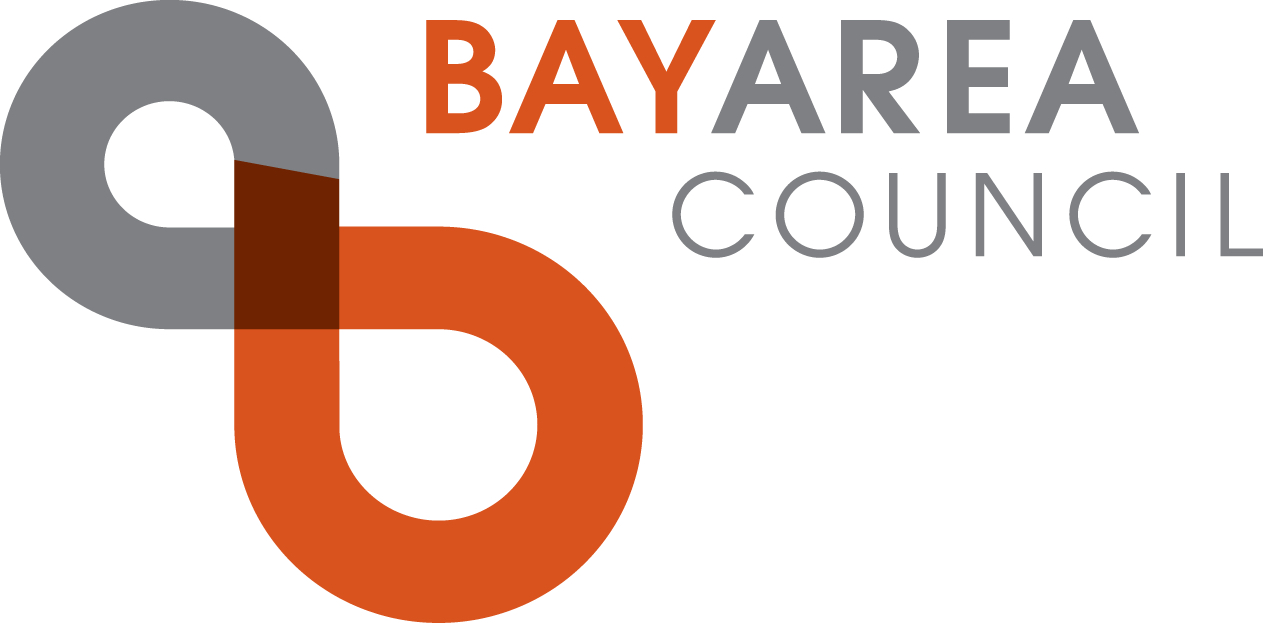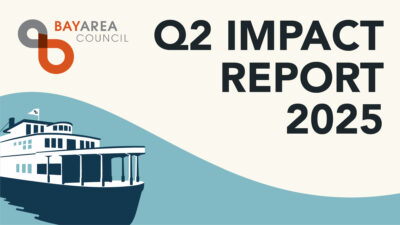New Study Examines California’s Landmark Paid Family Leave Program Over 20 Years
California’s first-in-the-nation paid family leave (PFL) program is almost two decades old and a new in-depth Bay Area Council Economic Institute analysis of the landmark legislation and eight subsequent bills expanding the program examines its far-reaching and beneficial impacts on millions of families, employers and the economy. And as Congress negotiates a proposed $3.5 trillion budget package that includes extending paid family leave benefits across the nation, California remains just one of eight states, including the District of Columbia, to have its own program.
The analysis found growing numbers of workers, particularly men, are taking advantage of paid family leave, which has helped increase employment among new mothers and labor force participation overall while having positive impacts on employers and businesses.
“California’s experience shows paid leave plans aren’t a pipe dream of an extremely blue state,” said report author Patrick Kallerman, Vice President of Research for the Bay Area Council Economic Institute. “You can have a well-designed paid leave plan that is fiscally sustainable, generous, and works for workers and business alike.”
Since the state’s PFL program launched in 2002, participation has grown an average of 5 percent annually with claims more than doubling from 134,000 to more than 256,000 in 2018, the latest year for which data is available. A total of 18 million Californians participate in the system, which enables qualified workers to take up to eight weeks off to care for a seriously ill family member, bond with a newborn, adopted, or foster child, or provide support during a family member military deployment overseas.
Notably, participation among men has grown dramatically. Paid family leave claims by men taking off time to care for a new child have risen from 16% in 2004 to 38% in 2018, the study found. Child bonding claims represent 90% of all family leave claims statewide. Meanwhile, the employment rate among new mothers has increased 5.4% since California’s implemented paid family leave in 2004. Paid family leave also increased employment among older workers caring for a disabled spouse.
Despite concerns that paid family leave could have negative financial and other impacts on businesses, the study found otherwise. Business closures are fewer among those with paid family leave programs. Earnings per worker are higher. And wage costs, particularly among small businesses, are lower among those with paid family leave programs.
Paid family leave programs also provide a range of valuable health benefits, according to the Economic Institute analysis. Mothers who participate have higher rates of breastfeeding, which comes with health benefits for infants, infant hospitalizations are lower and a variety of health problems in children, including obesity and attention deficit hyperactivity (ADHD), are also lower.
“The successes of California’s paid leave program demonstrated in this report prove how critical this benefit is to the health and well-being of workers and their families.” said Rachel Wick, senior program officer at Blue Shield of California Foundation. “Addressing some of the challenges this research highlights will bring us closer to a program that is equitable, inclusive, and serves those who need this benefit most.”
Among those challenges, small businesses are much less likely than large companies to have paid family leave programs. Lower wage workers participate at much lower levels than middle- and higher-income workers while also receiving less financial support. And wage replacement rates for lower-income workers are often lower than for higher-income workers, due to how the program is structured.
To address some of the obstacles to paid family leave participation, the report makes a series of recommendations, including:
- Boosting wage replacement rates to encourage broader worker participation, especially among those earning lower incomes;
- Expanding job protection requirements for workers taking paid family leave;
- Expanding paid family leave to public employees;
- Increasing outreach and awareness of paid family leave to increase participation rates; and;
- Modernizing the system for collecting data about the system and who’s using it to better understand and close gaps in performance and participation





